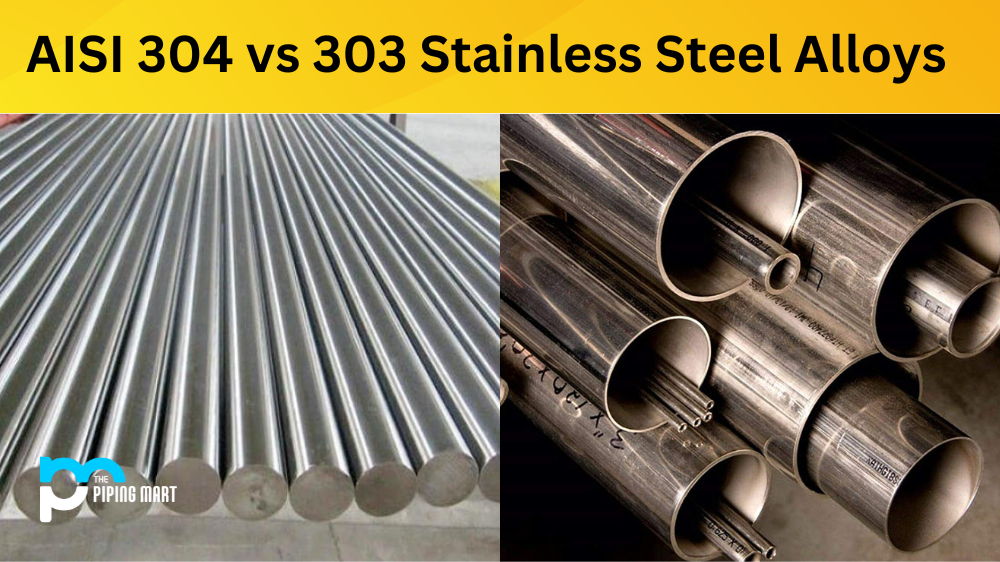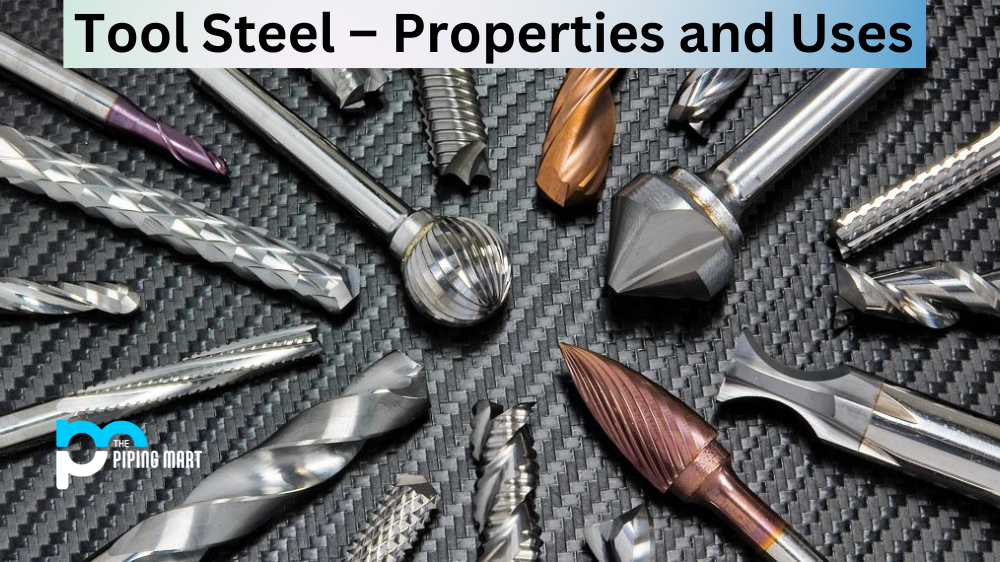What is High Speed Steel ?
High-speed steel (HSS or HS) is a subset of hardware prepares, usually utilized as cutting apparatus material. It is frequently utilized in power-saw sharp edges and bores. This is stronger than the more experienced high-carbon steel devices that have been commonly used since the 1940s as they can handle elevated temperatures without affecting their strength (hardness). This property helps HSS to cut more quickly than high carbon steel, hence the term High Speed Steel. At room temperature, in there, for the most part, suggested heat treatment, HSS reviews, for the most part, show high hardness (above Rockwell hardness 60) and scraped spot opposition (by and large connected to tungsten and vanadium content frequently utilized in HSS) contrasted and normal carbon and device prepares.
High Speed Steel Composition
This advanced material is designed to withstand extreme temperatures and maintain its strength and durability under high stress conditions. The composition of high speed steel typically includes carbon, tungsten, chromium, and molybdenum, along with other elements such as vanadium and cobalt. The precise amounts of each element are carefully calibrated to achieve the desired properties of hardness, toughness, and heat resistance. The use of high speed steel has revolutionized the manufacturing industry by allowing for faster and more efficient cutting and shaping of metal parts.
High Speed Steel Properties
High speed steel (HSS) is a unique type of steel is specifically designed to withstand high temperatures and maintain its integrity and strength, making it an ideal material for industries that require high-speed cutting and machining. HSS possesses an exceptional hardness and wear resistance, which are both key factors for the durability and longevity of cutting tools. Additionally, HSS has a higher toughness than many other steels, meaning it is less prone to cracking or chipping during use. Overall, the properties of high speed steel make it an excellent choice for anyone looking for a reliable, long-lasting cutting tool or material.
High Speed Steel Uses
The primary utilization of High Speed prepares keeps on being in the assembling of different cutting instruments: drills, taps, processing cutters, device bits, hobbling (gear) cutters, saw sharp edges, planer, and jointer edges, switch bits, and so on., despite the fact that use for punches and kicks the bucket is expanding.
Quick preparations have found a niche in fine hand devices where their relatively high longevity at high toughness combined with high scraped spot opposition rendered them appropriate for low-speed applications needing a sharp point, such as logs, etches, hand plane tops, and kitchen blades and folding knives from Damascus.
High-speed steel devices are the most well-known for use in woodworking, since the level of production of the job beyond the edge is relatively fast for handheld tools, so HSS has a far longer edge than standard carbon steel devices.
High Speed Steel Types
Quick formulations are amalgams that derive their properties from a number of alloying metals applied to carbon steel, typically like tungsten and molybdenum, or from a combination of the two, sometimes with separate compounds. They have a position in the multi-part composite structure Fe – C – X in which X refers to chromium, tungsten, molybdenum, vanadium or cobalt. The X category is usable for the most part over 7 percent, along with over 0.60 percent carbon.
Tungsten-type classes (e.g. T1, T15) in the unified numbering system (UNS) are assigned numbers in the T120xx structure, while molybdenum (e.g. M2, M48) and T113xx are middle of the road styles. ASTM values show 7 forms of tungsten and 17 forms of molybdenum.
The expansion of about 10% of tungsten and molybdenum altogether augments productively the hardness and sturdiness of High Speed prepares and keeps up those properties at the high temperatures created when cutting metals.
How can it Stay Hard?
At the point when you think about a HSS cutting instrument, consider heat. The less warmth you make (in the device), the more drawn out an instrument will last. At the point when you heat treat HSS you take it to a specific temperature (now and again called high warmth) for a predefined time. This gives the HSS its definitive hardness, yet it’s extremely weak. Next Its took to a temperature to “temper or draw” it. This is generally accomplished more than once. This carries the hardness to where you need it and gives the HSS sturdiness (both hardness and strength are controlled by the composite in the material). The Tempering temperature MUST NOT be surpassed in utilizing or honing the device or it will toughen (relax). This will differ from a couple of focuses (Rc) to a full downside. This is a VERY fundamental clarification of warmth rewarding HSS

Pipingmart is B2B portal specializes in industrial, metal and piping products. Also, share latest information and news related to products, materials and different types grades to help business dealing in this industry.




